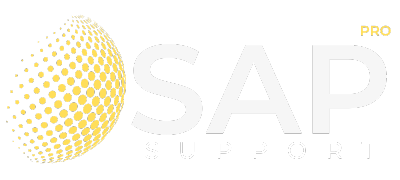About SAP Material Management (MM)
Enrich your skills in SAP MM through our online training, mastering material sourcing, procurement, and inventory management. Benefit from hands-on experience with lab sessions, real projects, and industry use cases. SAPSupportPro ensures career guidance, empowering you to set and achieve goals from the training’s commencement

